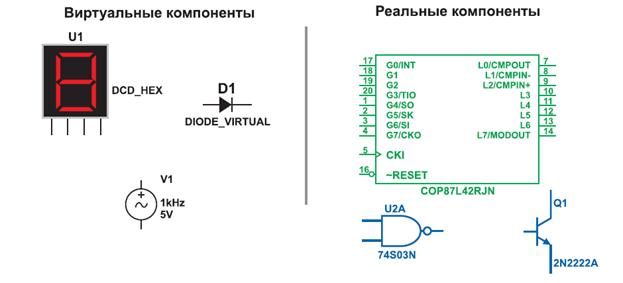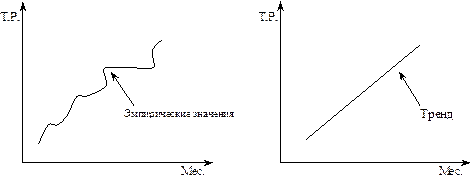INSTITUTIONS OF EUROPEAN UNION
What sets the European Union apart from more traditional international organizations is its unique institutional structure. In accepting the European Treaties which are the basis for all EU decisions and procedures, Member States relinquish a measure of sovereignty to independent institutions representing national and shared interests. The institutions complement one another, each having a part to play in the decision-making process. The Council of the European Union is the main decision-making and coordination institution. It is made of ministers from the Member States. Depending on the agenda each country is represented by the minister responsible for the subject (foreign affairs, finance, agriculture, etc.). The Council enacts EU legislation. It is the Union’s Legislature, although it shares this function with the European Parliament. The Council and the Parliament also have joint control over the Union’s budget. The Council is responsible for coordinating the general economic policies of the Member States. The Presidency of the Council rotates, changing hands every six months. The ground for the Council’s decisions is prepared by the Coreper – a committee of Member States’ permanent representatives to the EU. There is also a General Secretariat, based in Brussels. The European Council is regular meetings of the Heads of Governments of the Member States and Heads of the Commission. The European Council meets at least twice a year, plays the role of the launch pad for EU’s major political initiatives and a forum for settling controversial issues not resolved in the Council of European Union. It also deals with current international issues through the common foreign and security policy (CFSP), a mechanism devised to allow the Member States to align their diplomatic positions and present a united front. The European Parliament provides a democratic forum for debate. It has a watchdog function and also plays a part in the legislative process. The Parliament currently has maximum 750 seats. Directly elected every five years, the members of Parliament sit not in national blocks but in seven political groups. Each group reflects the political ideology of the national parties which its members belong to. Some members are not attached to any political group. Parliament’s principle roles are as follows: ∙;examine and adopt European legislation under the co-decision procedure; this power is shared with the Council of European Union; ∙; approve the EU budget; ∙;exercise democratic control over the other EU institutions; ∙; assent to important international agreements. Parliament normally meets in Strasbourg. Its 20 committees work in Brussels, Parliament’s Secretariat is in Luxembourg. As the guardian of the Treaties the European Commission represents the EU interests and ensures that regulations and directives are properly implemented. It can bring a case before the Court of Justice to ensure that the EU law is enforced. The Commission has sole right of initiative and can intervene at any stage in the legislative process to facilitate agreement within the Council or between the Council and Parliament. The European Commission consists of 27 representatives assisted by about 24000 civil servants, most of its staff work in Brussels. The European Central Bank is in charge of the single currency, the EURO, and independently manages European monetary policy – deciding, for example, what the interest rates should be. The main objective is to ensure price stability, so that the European Economy will not be damaged by inflation. The bank issues binding acts. It is based in Frankfurt, Germany. The judicial system of the European Union consists of the Court of Justice, the General Court and specialized courts. They are to ensure that EU law is interpreted and implemented in line with the Treaties, also check that EU instruments respect fundamental rights. The Court of Justice is the main judicial organ and the only body with the power to give an opinion on the correct interpretation of the Treaties or the validity and interpretation of instruments enacted by the Community institutions. The Court sits in Luxemburg and comprises 27 judges and 8 Advocates-General appointed for a renewable six-year term by agreement between the Member States, which select them “from persons whose independence is beyond doubt”. The Court of Auditors checks if the funds available to the EU are used legally, economically and for the intended purpose. It is an independent body located in Luxembourg. The Auditors help European taxpayers to get better value for the money that has been channeled into the EU budget.
|




